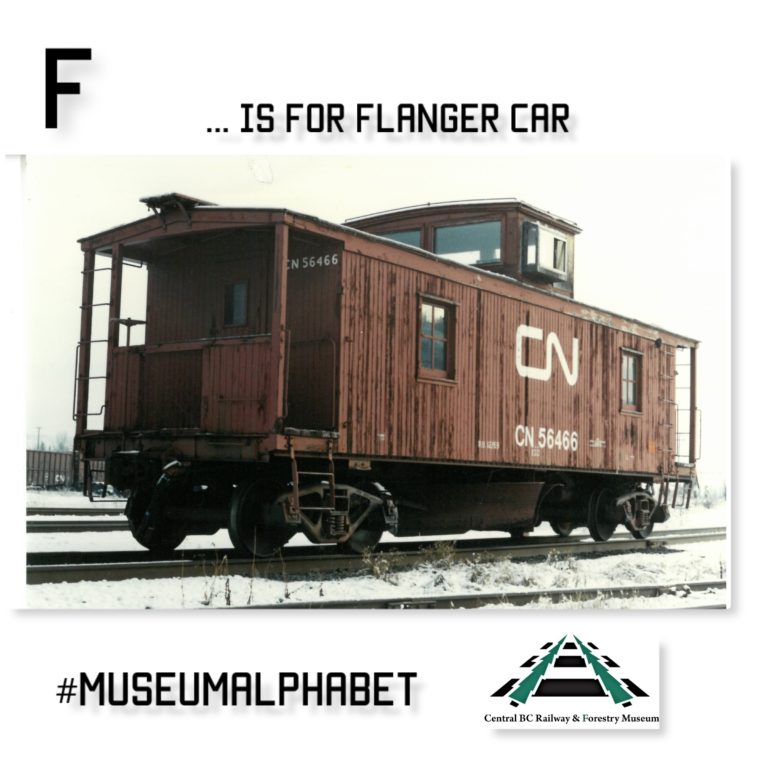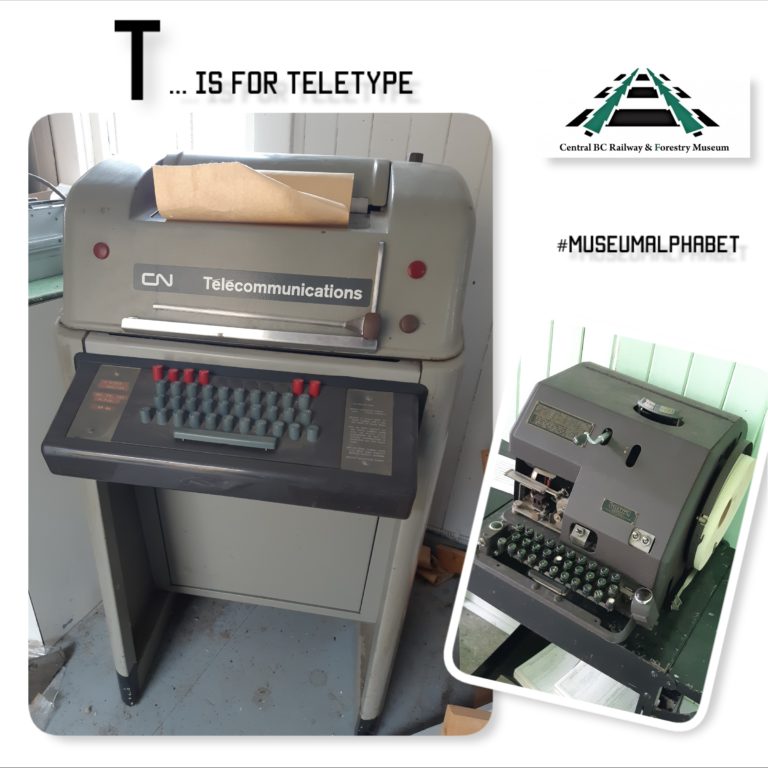
T is for Teletype
The teletype, or teleprinter, was used to send and receive messages in morse code. However, it differed from other telegraph technology because it could read and translate morse code for the user! A worker could type out a message which the machine would translate into morse code and send over the wires. When it arrived, another teletype would read the message in morse, translate it into words, and then print a copy.
At Central BC Railway and Forestry Museum we have several different vintages of teletypes which would read and print messages in different ways. Since they were commonly used by the railway, the museum has several examples of teletypes used by CN Communications.
Explore more items of our collection
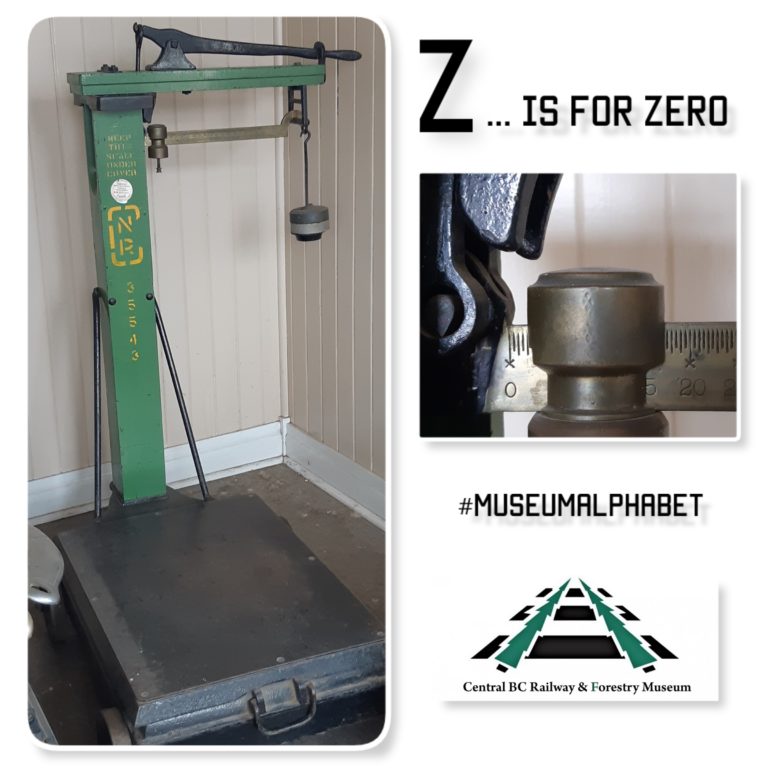
Z is for Zero Of course!
Read More >>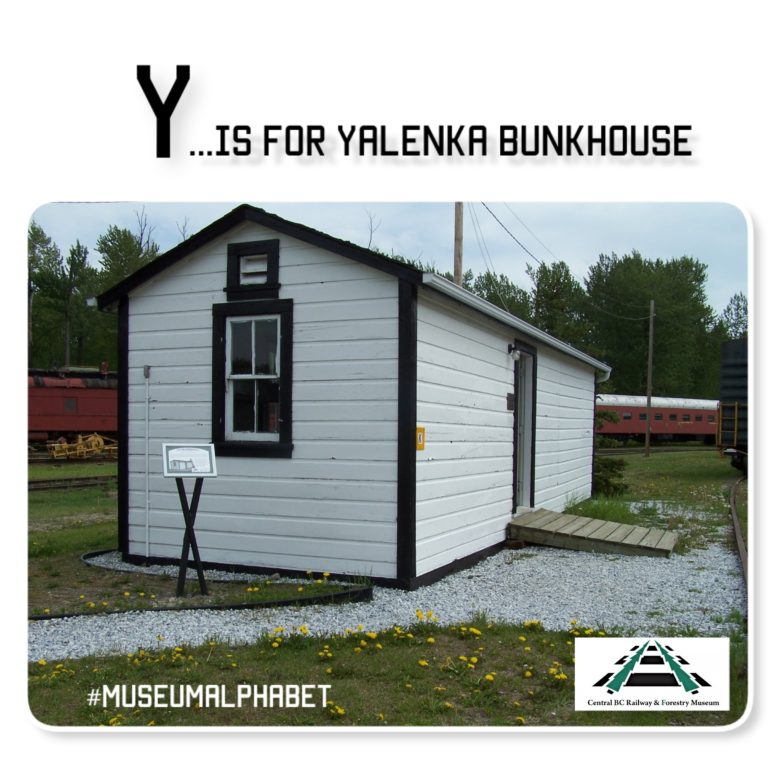
Y is for Yalenka Bunkhouse
Read More >>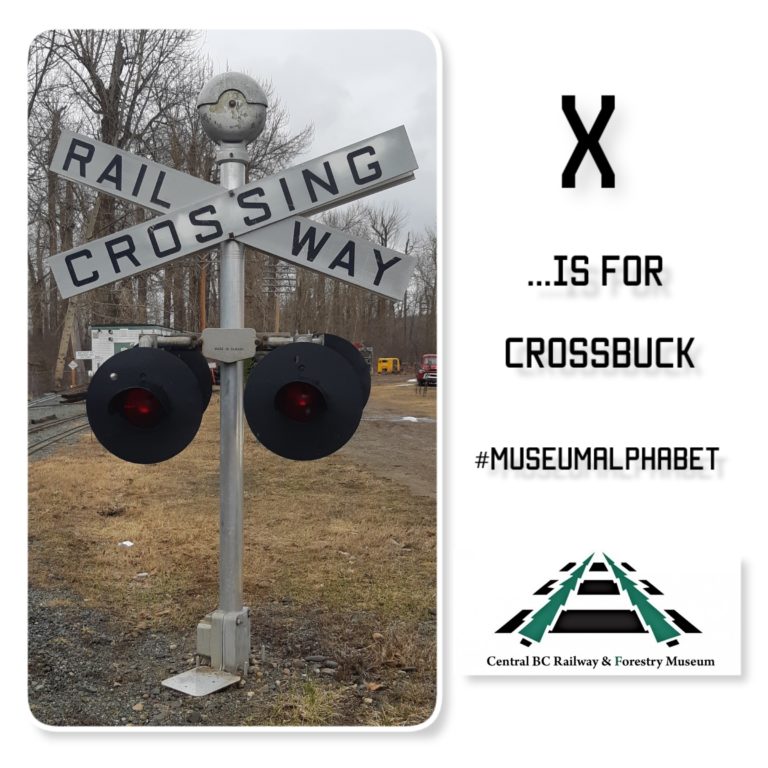
X is for Crossbuck
Read More >>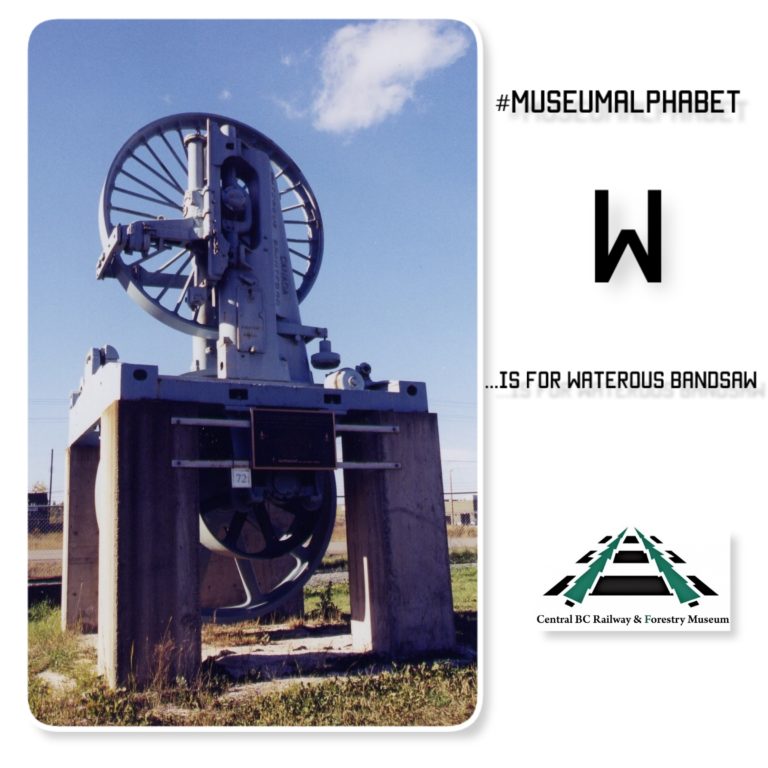
W is for Waterous Bandsaw
Read More >>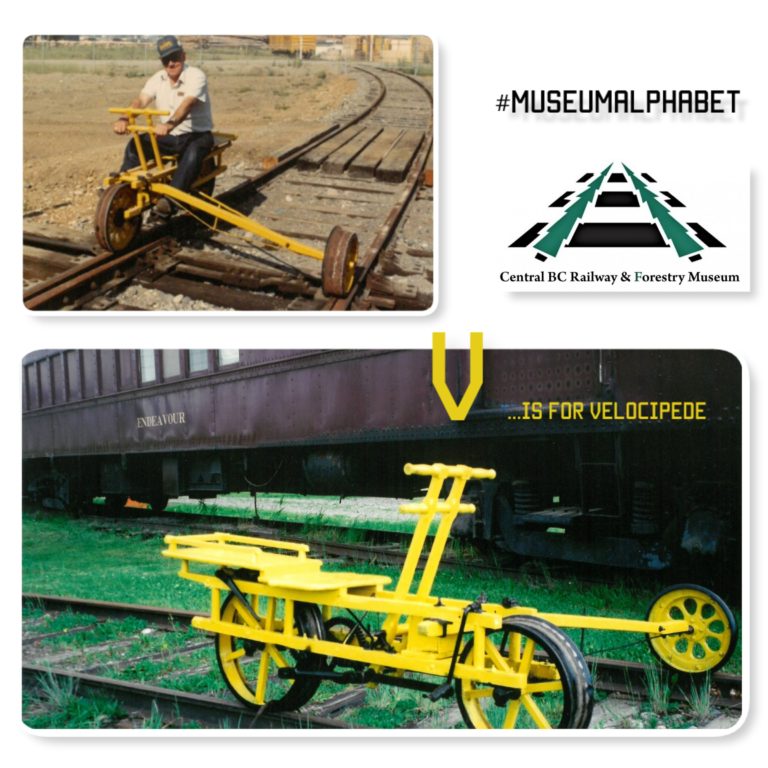
V is for Velocipede
Read More >>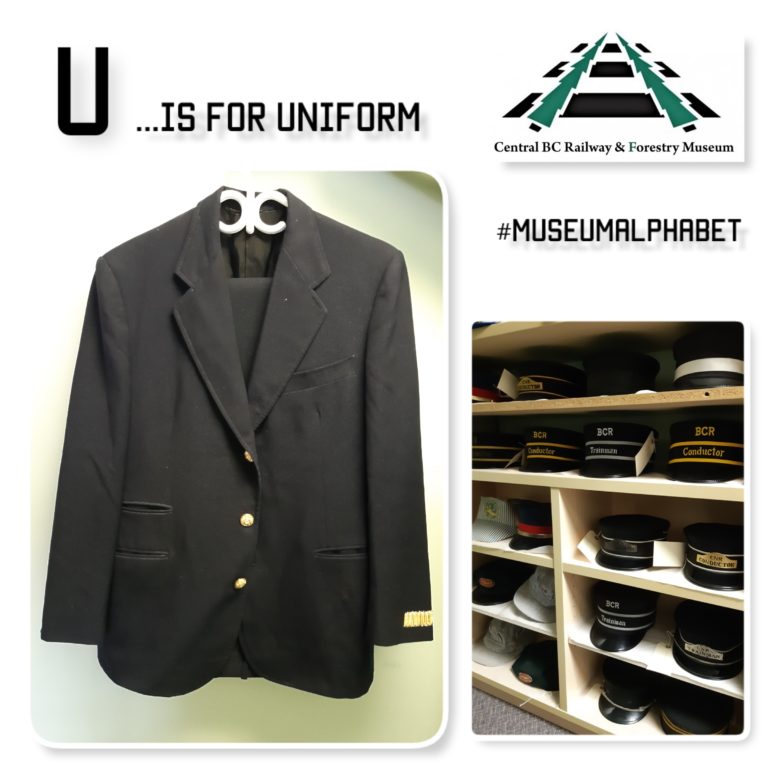
U is for Uniform
Read More >>
T is for Teletype
Read More >>
S is for Semaphore
Read More >>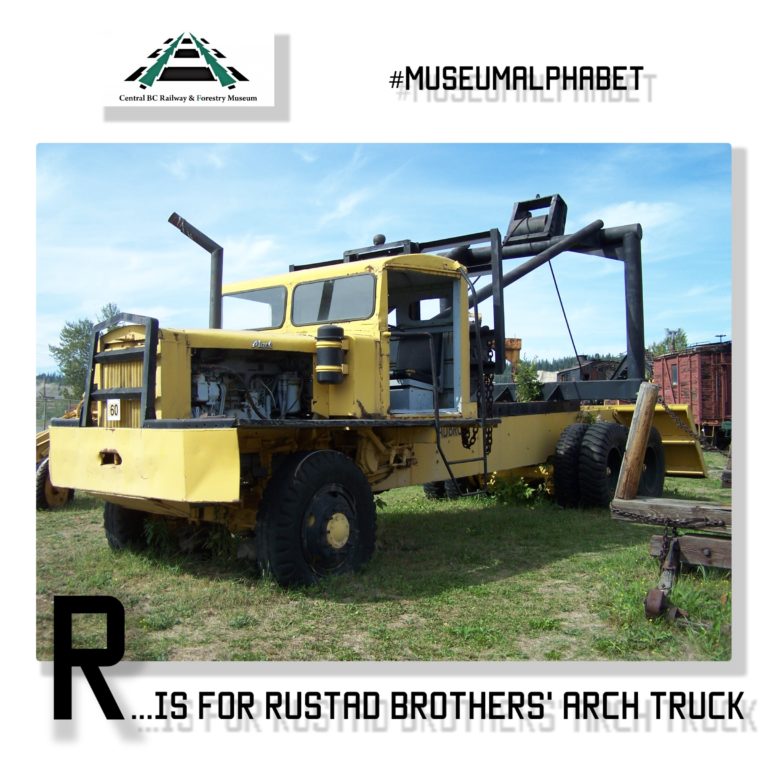
R is for Rustad Brothers' Arch Truck
Read More >>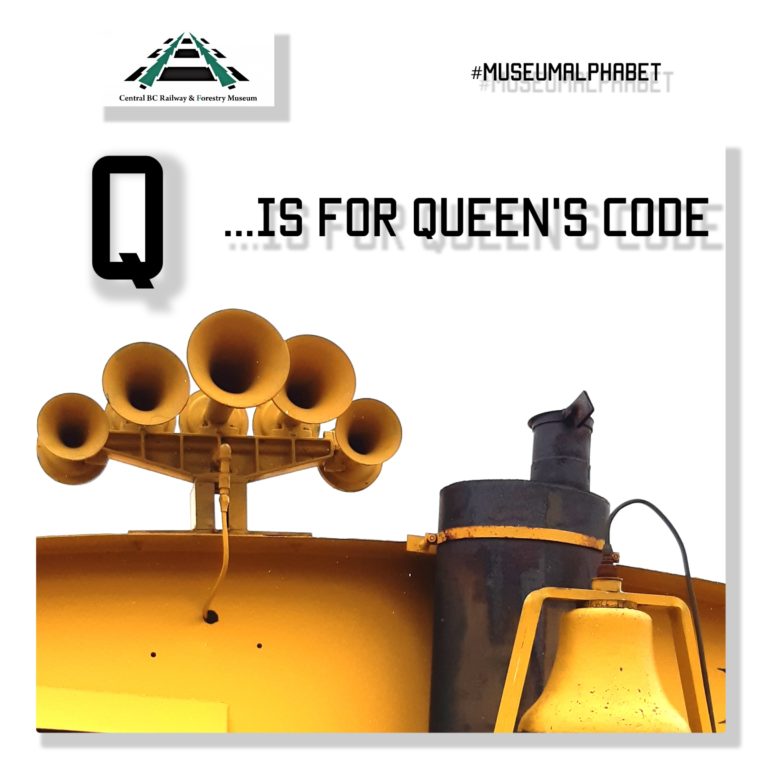
Q is for Queen's Code
Read More >>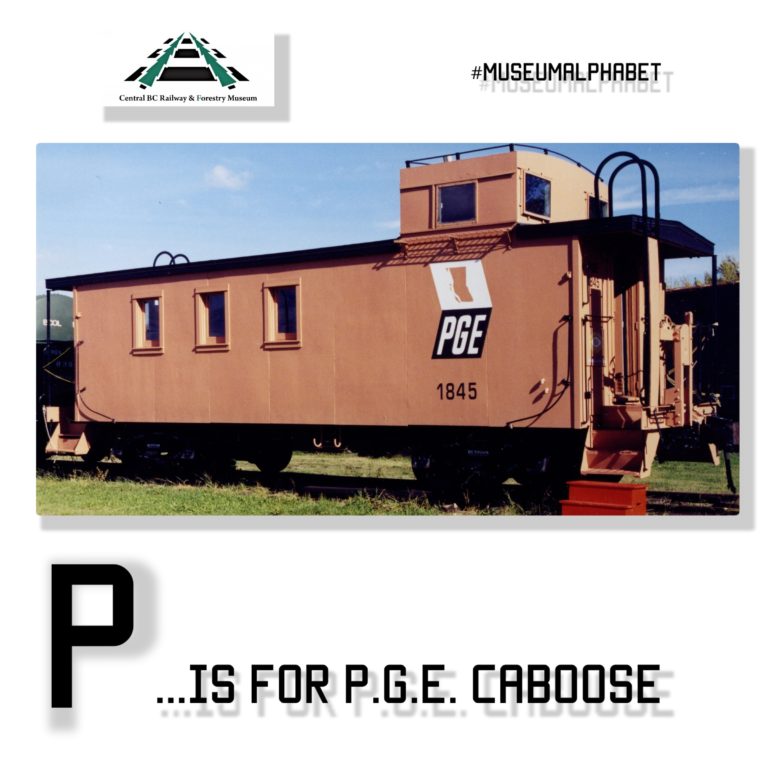
P is for P.G.E Caboose
Read More >>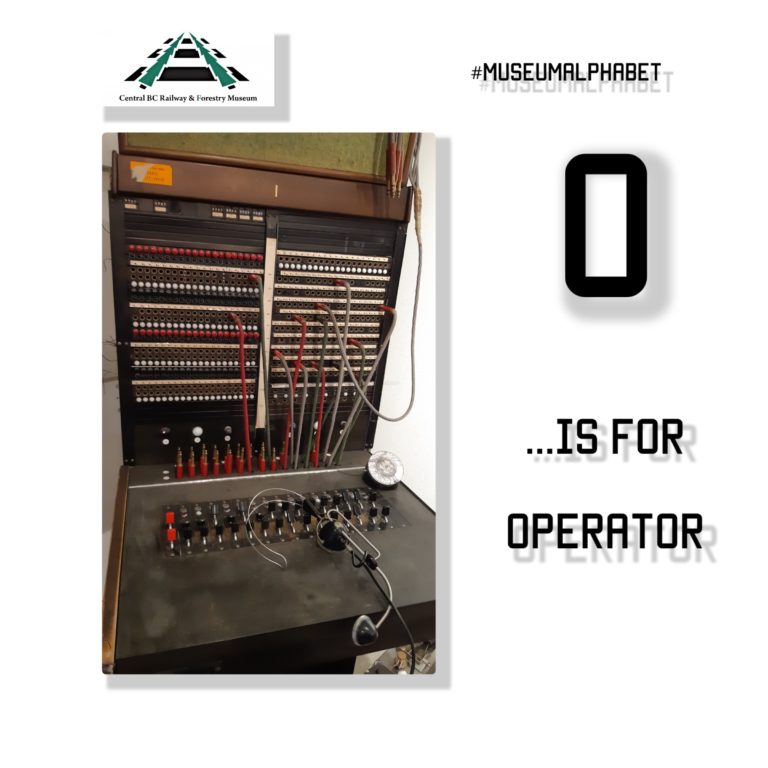
O is for Operator
Read More >>
N is for Northwood #101
Read More >>
M is for Manual
Read More >>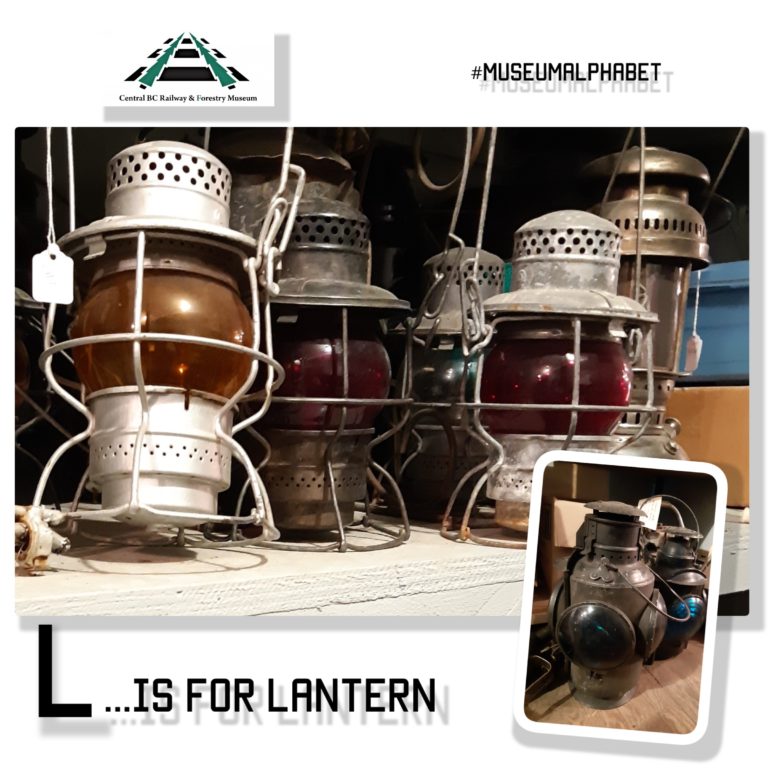
L is for Lantern
Read More >>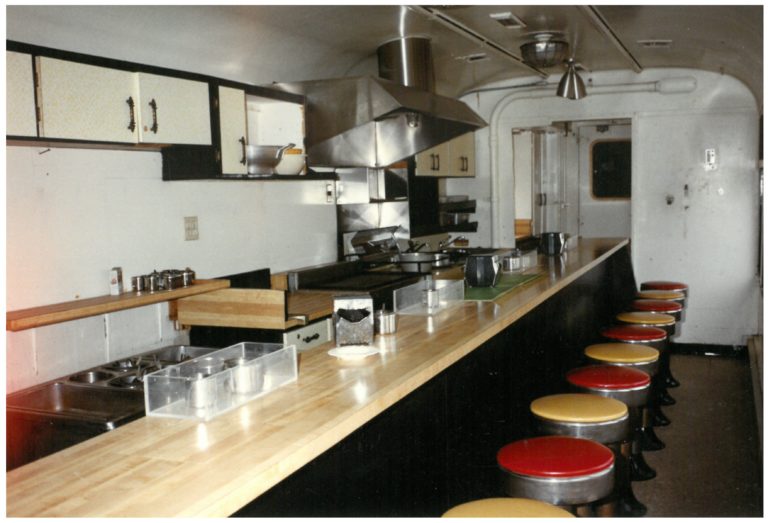
K is for Kitchen
Read More >>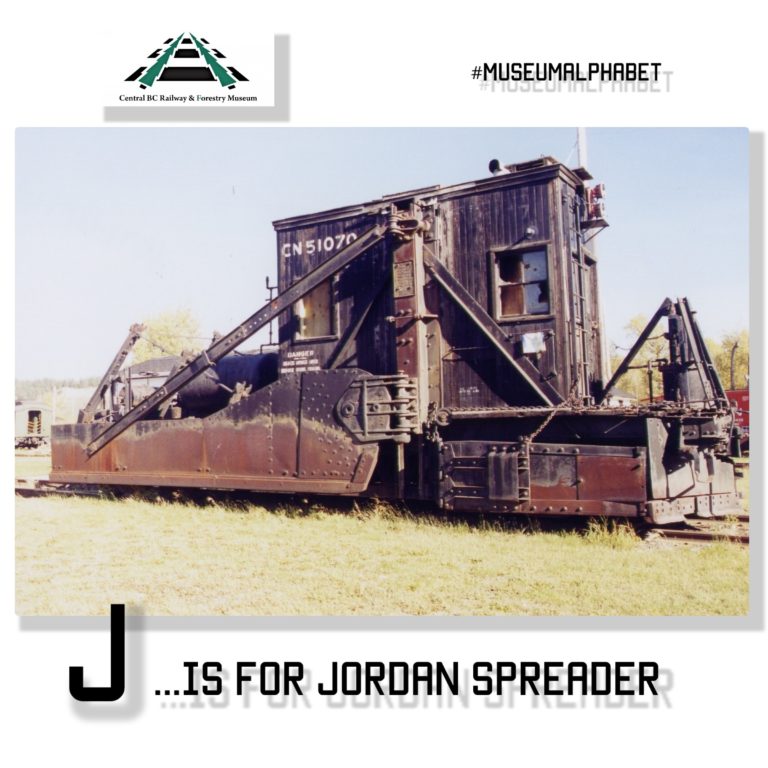
J is for Jordan Spreader
Read More >>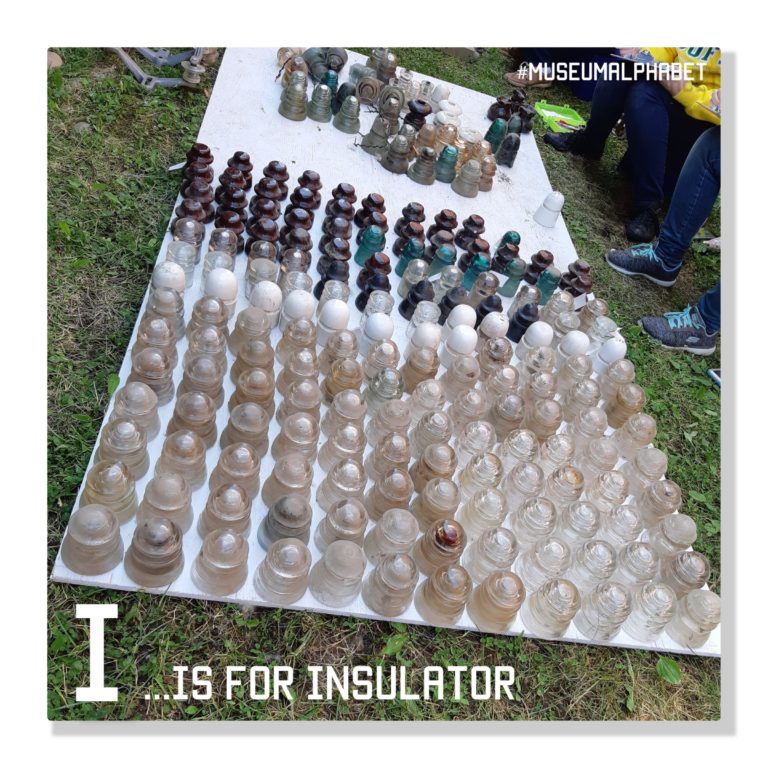
I is for Insulator
Read More >>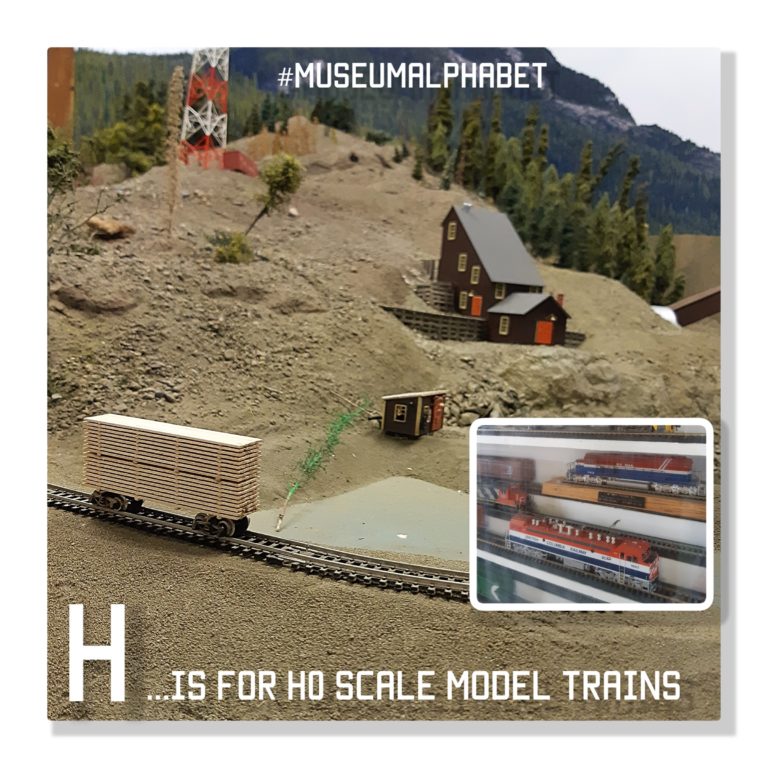
H is for H0 Scale Model Trains
Read More >>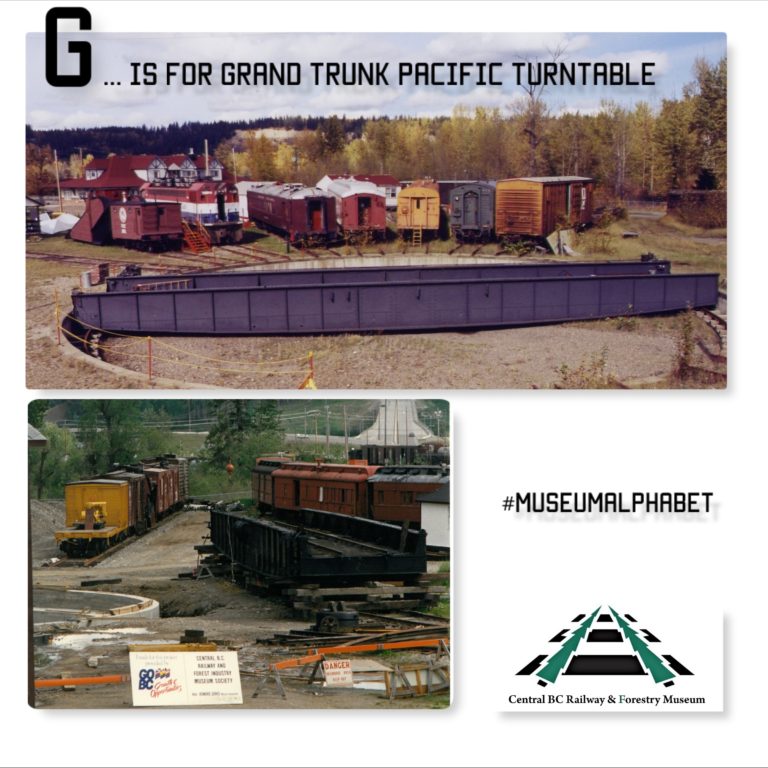
G is for Grand Trunk Pacific Turntable
Read More >>